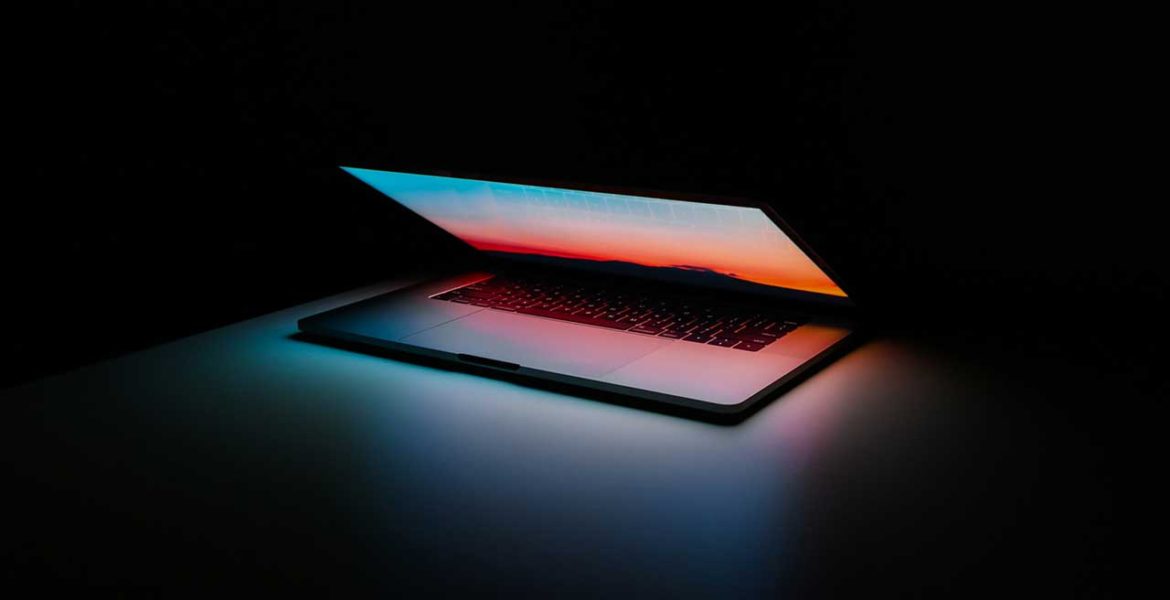By Andrew Pringle, VP, Scoro
Technology has been the saving grace of lockdown that allowed many media agencies to transition to remote working almost immediately. In the space of a week, Microsoft Teams saw a 40% uplift in users, while Zoom scaled from 10 million users a day to 200 million. This influx of digital communication combined with other apps and tech tools, however, comes with the risk of overwhelming and distracting employees, leading to reduced productivity and impacting mental health.
With half (49%) of the UK workforce now working from home, agencies need a way to collaborate efficiently, no matter where teams are based. Whether employees are working remotely or in the office, agencies must tackle time wastage by removing unnecessary tech tools, or weapons of mass distraction, and empowering staff to take back control of their workday. So how can they do this?
Value time as a resource
Data, spend, talent – no agency will dispute the value of these assets in their operations, but rarely does time receive the same attention. To sustain the quality of service during this turbulent era, agencies need to bring time management strategies to the top of their priority lists.
Much like when deciding the best digital channels for an ad campaign, agency leaders need to implement accurate, measurable processes for tracking time and performance. This could even involve appointing a Chief Time Officer to oversee the process, ensuring a reform of systems and processes, instead of a focus on people and specific work situations. In practice, it’ll mean enabling staff to log how their time is spent in a centralized system so agency leaders can gain a comprehensive view of where time is used without individuals feeling monitored. With this view, time-wasting activities such as excessive meetings, and ineffective digital tools can be identified and addressed.
Reimagine work patterns and communication
While each agency’s culture and way of working is no doubt unique, a flexible approach to work-life is a universal advantage. Variability is an inevitable part of working from home, so allowing work patterns that acknowledge this will go a long way to increasing staff engagement. Flexi-hours, for instance, allow staff to better balance family and personal commitments with professional ones. Flexible working was ranked as employees’ top priority as of 2020, surpassing even salary in importance and highlighting the need for more realistic work patterns.
Moreover, readjusting communication practices offer employees similar value, enabling them to dedicate specific hours of their day to tasks that demand higher levels of concentration. While there is often an expectation of employees to instantly respond to every new email or notification, agency leadership teams can empower workers to reduce distractions by respecting these ‘do not disturb hours’.
Excessive multitasking can impact productivity by up to 40%, so it is vital to offer employees structured support for enhancing prioritization skills, reducing interruptions and learning professional ways to negotiate, or decline, additional requests for their time. In 2020, agencies have championed digitally-driven mental health initiatives, from online yoga classes to virtual counseling sessions, but this drive for well-being can also be reflected through changes to core working practices that empower employees to turn off unnecessary distractions and reclaim control over their daily schedules.
How agencies operate has changed for the foreseeable future. The hybrid office and remote working set up necessitate streamlined tools and processes to empower employees to make the best use of their time. In doing so, agencies will see a significant uptick in productivity and happier teams in return.

